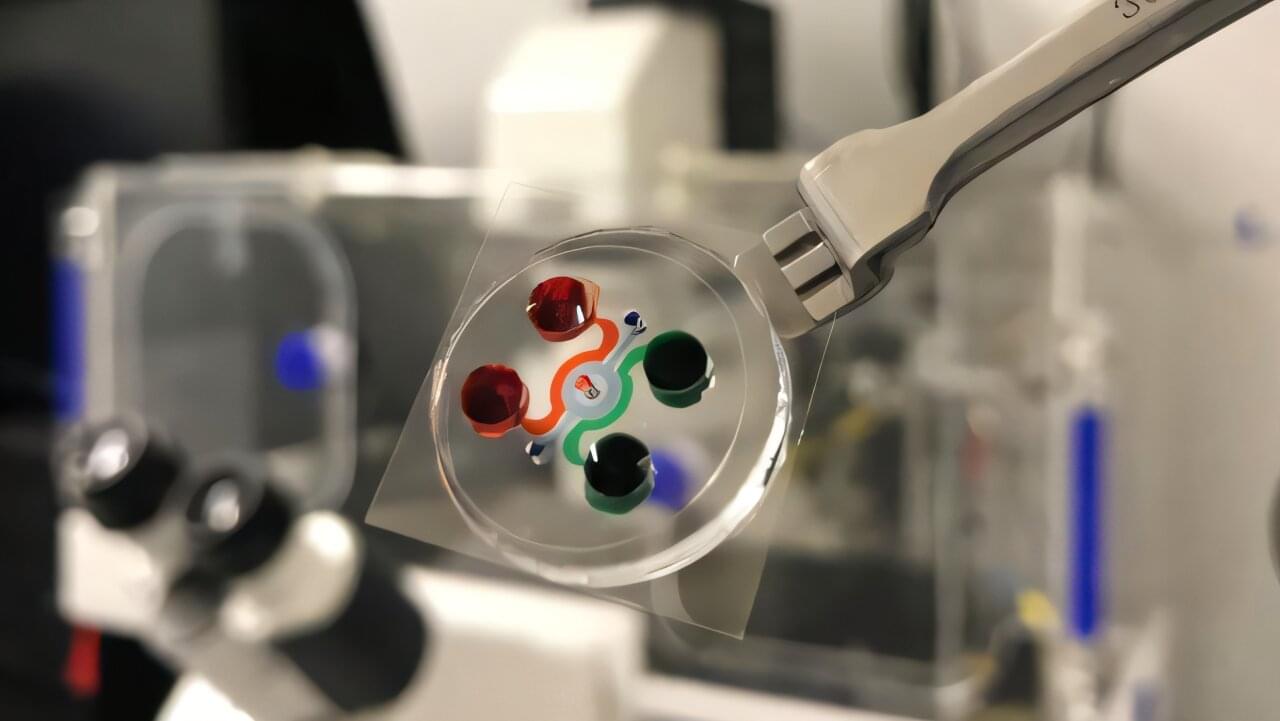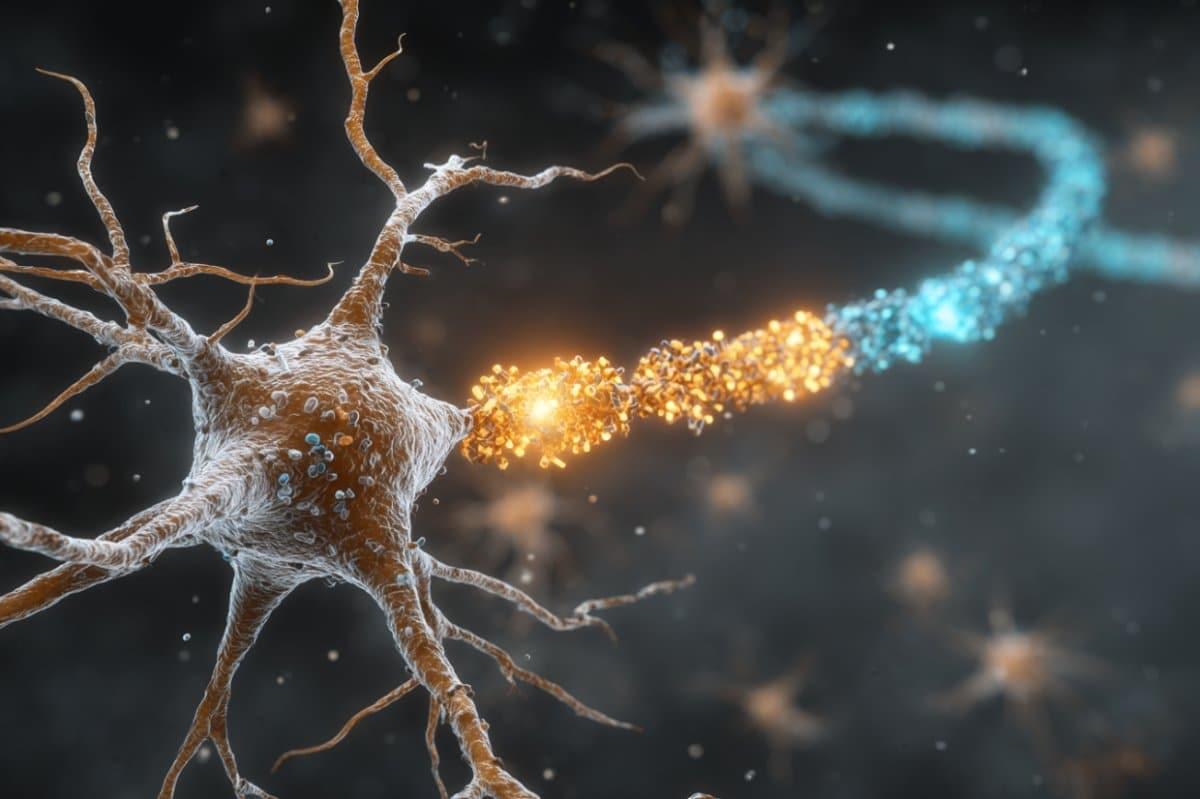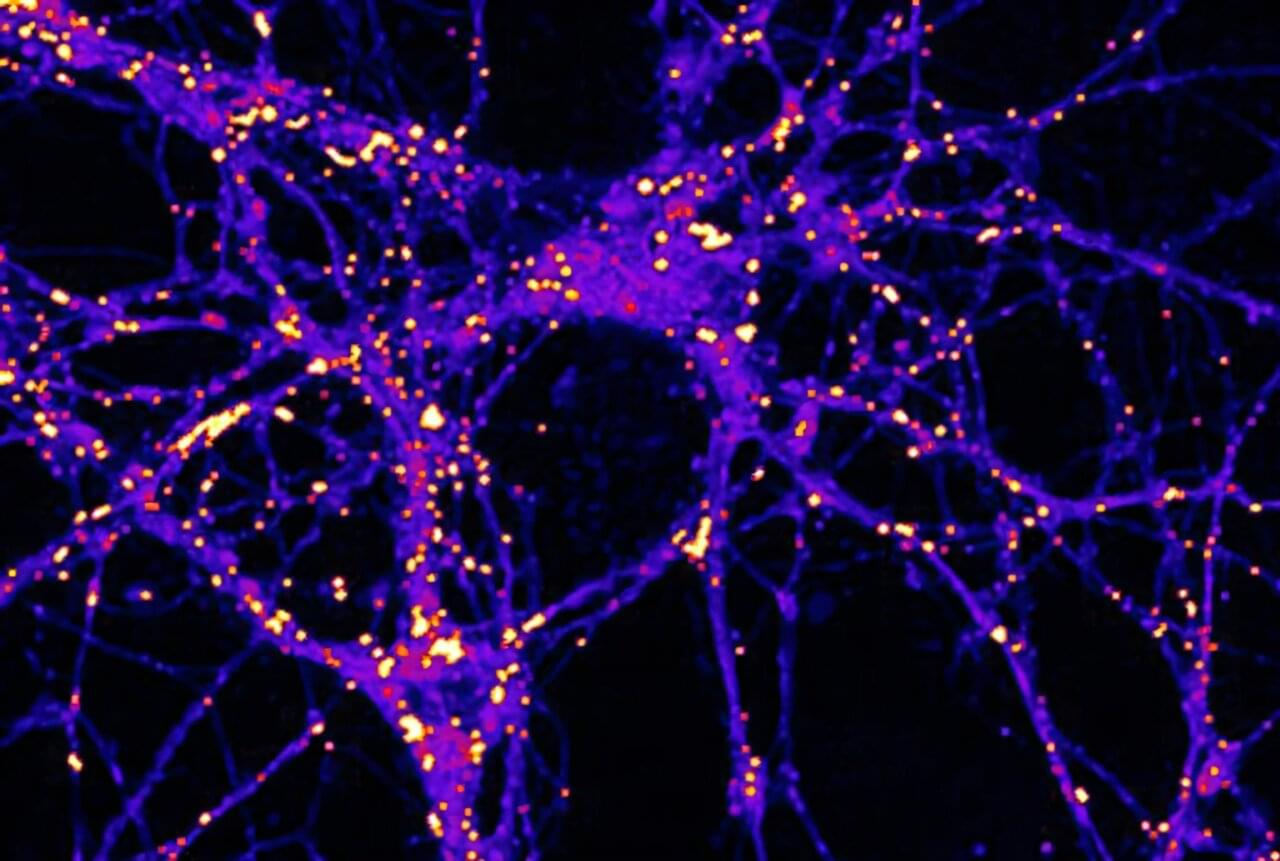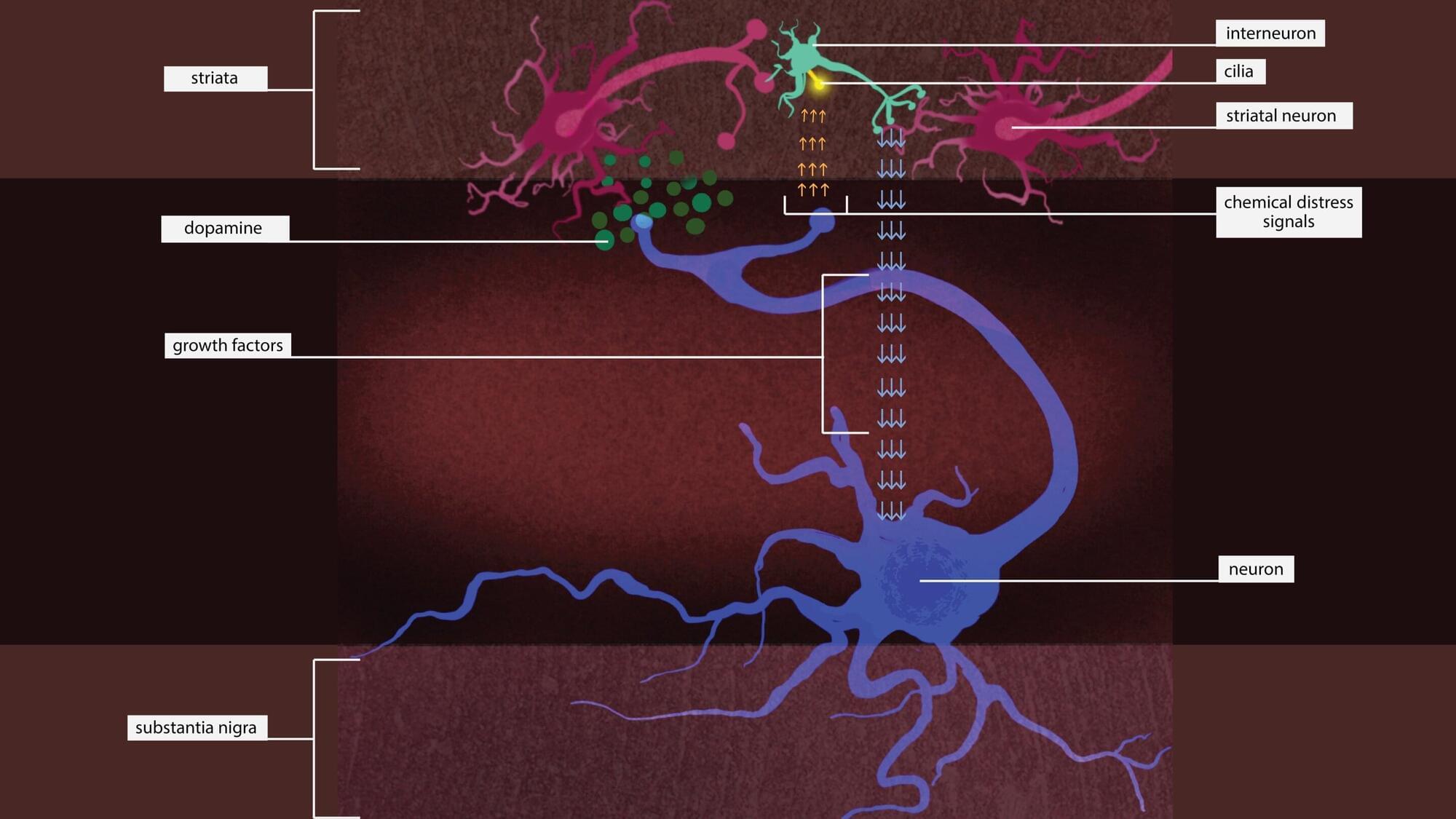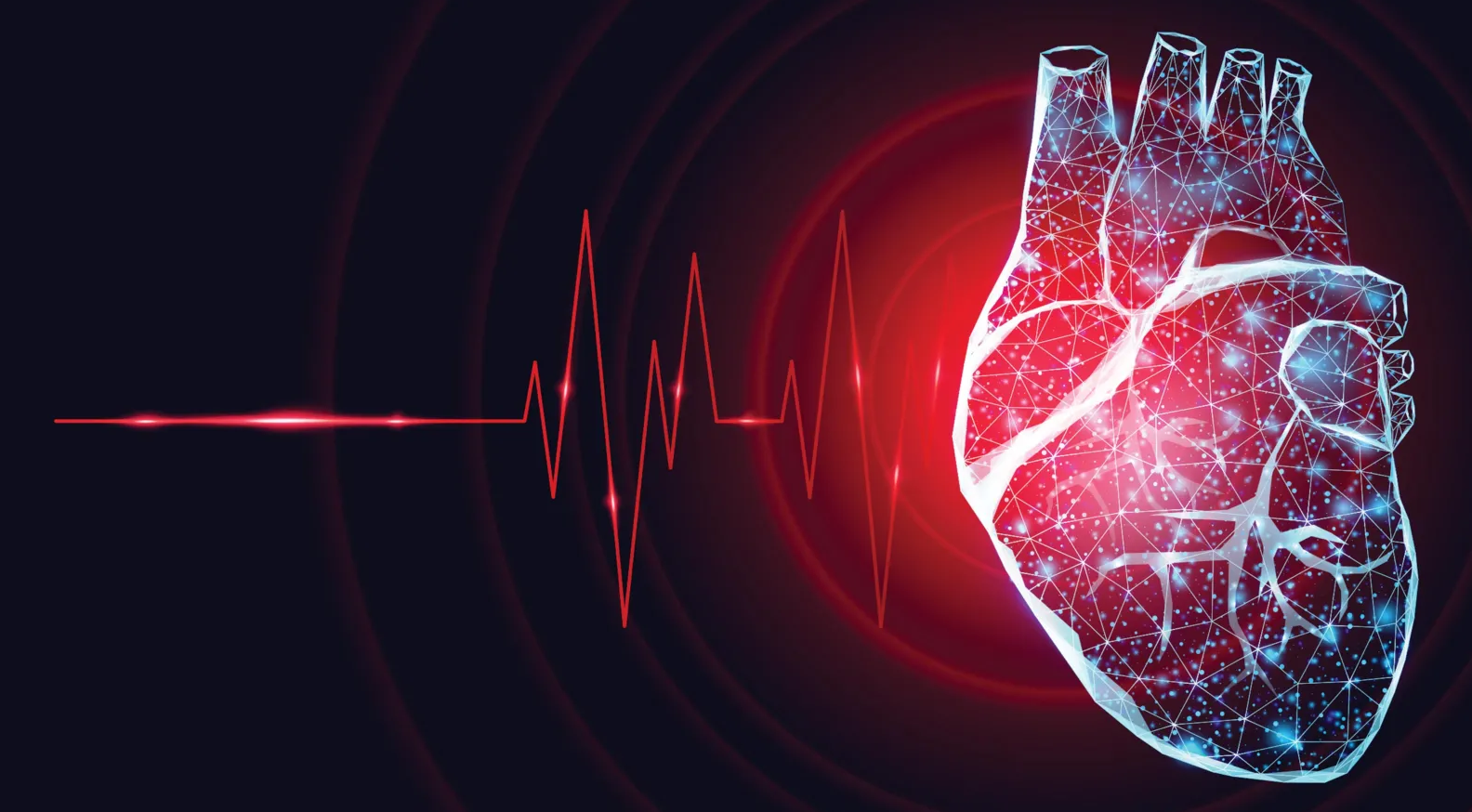A team of researchers has developed a novel method for using cholesteric liquid crystals in optical microcavities. The platform created by the researchers enables the formation and dynamic tuning of photonic crystals with integrated spin-orbit coupling (SOC) and controlled laser emission. The results of this research have been published in the journal Laser & Photonics Reviews. The team is from the Faculty of Physics at the University of Warsaw, the Military University of Technology, and the Institut Pascal at Université Clermont Auvergne.
“A uniform lying helix (ULH) structure of a cholesteric phase liquid crystal is arranged in the optical cavity. The self-organized helix structure with the axis lying in the plane of the cavity acts as a one-dimensional periodic photonic lattice. This is possible due to the unique properties of liquid crystals, which are elongated molecules that resemble a pencil,” explains Prof. Jacek Szczytko from the Faculty of Physics at the University of Warsaw, where research on novel optical microcavities is being conducted.
A cholesteric structure is a spiral structure made up of layers of almost parallel oriented molecules lying in a single plane. From layer to layer, the orientation of the molecules is gently twisted, which altogether builds up a helical structure reminiscent of DNA helixes or ‘piggyback’ noodles. The direction perpendicular to the layers of molecules determines the axis of the helix formed.

